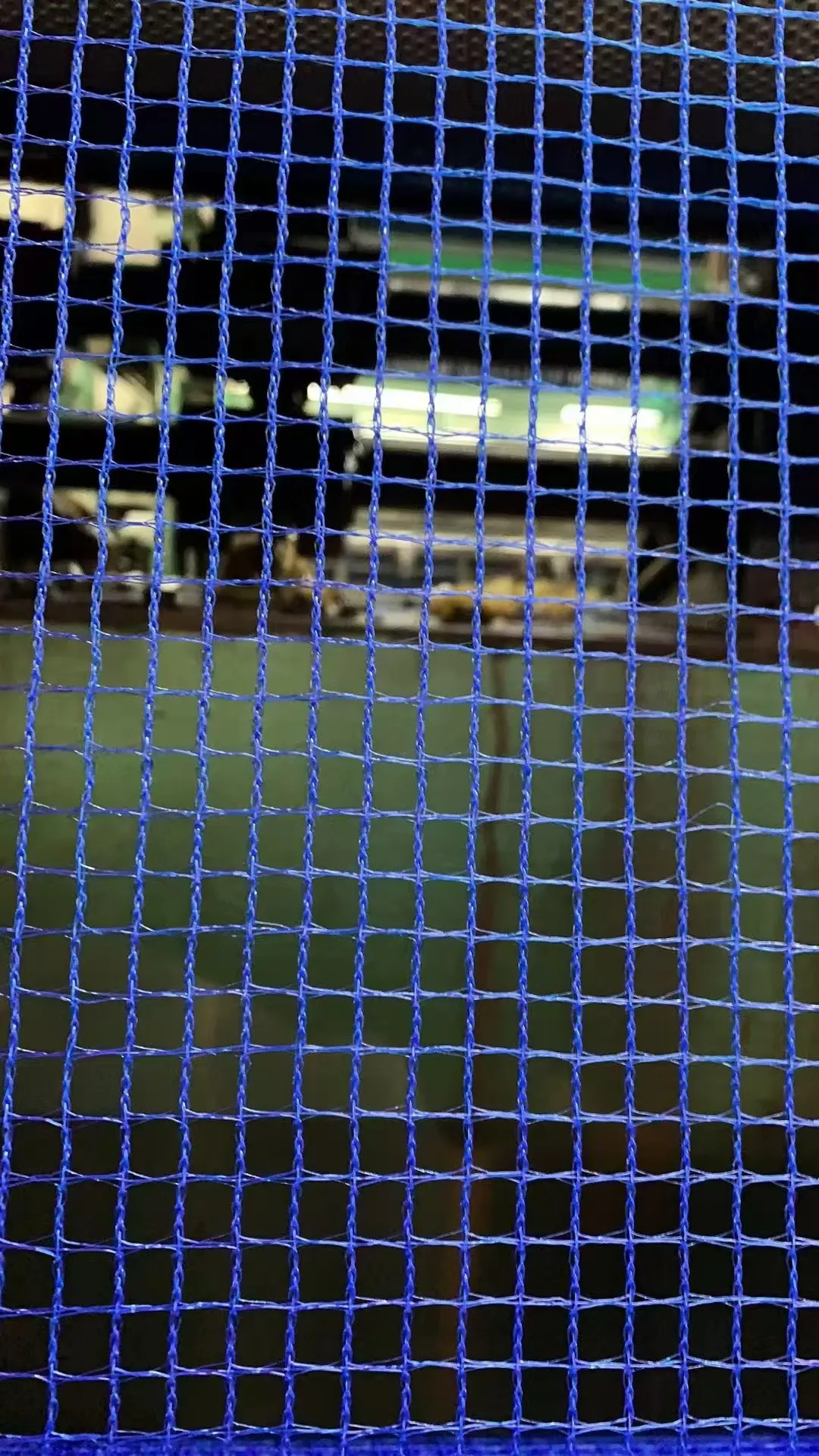-
 Afrikaans
Afrikaans -
 Albanian
Albanian -
 Amharic
Amharic -
 Arabic
Arabic -
 Armenian
Armenian -
 Azerbaijani
Azerbaijani -
 Basque
Basque -
 Belarusian
Belarusian -
 Bengali
Bengali -
 Bosnian
Bosnian -
 Bulgarian
Bulgarian -
 Catalan
Catalan -
 Cebuano
Cebuano -
 China
China -
 Corsican
Corsican -
 Croatian
Croatian -
 Czech
Czech -
 Danish
Danish -
 Dutch
Dutch -
 English
English -
 Esperanto
Esperanto -
 Estonian
Estonian -
 Finnish
Finnish -
 French
French -
 Frisian
Frisian -
 Galician
Galician -
 Georgian
Georgian -
 German
German -
 Greek
Greek -
 Gujarati
Gujarati -
 Haitian Creole
Haitian Creole -
 hausa
hausa -
 hawaiian
hawaiian -
 Hebrew
Hebrew -
 Hindi
Hindi -
 Miao
Miao -
 Hungarian
Hungarian -
 Icelandic
Icelandic -
 igbo
igbo -
 Indonesian
Indonesian -
 irish
irish -
 Italian
Italian -
 Japanese
Japanese -
 Javanese
Javanese -
 Kannada
Kannada -
 kazakh
kazakh -
 Khmer
Khmer -
 Rwandese
Rwandese -
 Korean
Korean -
 Kurdish
Kurdish -
 Kyrgyz
Kyrgyz -
 Lao
Lao -
 Latin
Latin -
 Latvian
Latvian -
 Lithuanian
Lithuanian -
 Luxembourgish
Luxembourgish -
 Macedonian
Macedonian -
 Malgashi
Malgashi -
 Malay
Malay -
 Malayalam
Malayalam -
 Maltese
Maltese -
 Maori
Maori -
 Marathi
Marathi -
 Mongolian
Mongolian -
 Myanmar
Myanmar -
 Nepali
Nepali -
 Norwegian
Norwegian -
 Norwegian
Norwegian -
 Occitan
Occitan -
 Pashto
Pashto -
 Persian
Persian -
 Polish
Polish -
 Portuguese
Portuguese -
 Punjabi
Punjabi -
 Romanian
Romanian -
 Russian
Russian -
 Samoan
Samoan -
 Scottish Gaelic
Scottish Gaelic -
 Serbian
Serbian -
 Sesotho
Sesotho -
 Shona
Shona -
 Sindhi
Sindhi -
 Sinhala
Sinhala -
 Slovak
Slovak -
 Slovenian
Slovenian -
 Somali
Somali -
 Spanish
Spanish -
 Sundanese
Sundanese -
 Swahili
Swahili -
 Swedish
Swedish -
 Tagalog
Tagalog -
 Tajik
Tajik -
 Tamil
Tamil -
 Tatar
Tatar -
 Telugu
Telugu -
 Thai
Thai -
 Turkish
Turkish -
 Turkmen
Turkmen -
 Ukrainian
Ukrainian -
 Urdu
Urdu -
 Uighur
Uighur -
 Uzbek
Uzbek -
 Vietnamese
Vietnamese -
 Welsh
Welsh -
 Bantu
Bantu -
 Yiddish
Yiddish -
 Yoruba
Yoruba -
 Zulu
Zulu
Innovative Equipment for Efficient Wire Mesh Production and Manufacturing Solutions
Wire Mesh Manufacturing Machines Revolutionizing an Essential Industry
Wire mesh has become an integral part of various industries, including construction, agriculture, food processing, and filtration. The production of wire mesh requires specialized machinery to ensure precision, consistency, and quality. Wire mesh manufacturing machines have evolved significantly over the years, enhancing efficiency in production processes while catering to the diverse needs of various sectors.
Understanding Wire Mesh
Wire mesh is made from metal wires that are woven together to form a grid-like pattern. It is produced in various materials such as stainless steel, aluminum, and mild steel, making it suitable for a myriad of applications—from fencing and screening to reinforcement in concrete. The manufacturing of wire mesh involves several steps, including wire drawing, weaving, cutting, and finishing, necessitating the use of advanced machinery at each stage.
Types of Wire Mesh Manufacturing Machines
1. Wire Drawing Machines The first step in wire mesh production is the drawing of wire from larger coils to specified diameters. Wire drawing machines reduce the diameter of the wire while increasing its tensile strength. These machines operate through a series of dies which mold the wire to the desired size, paving the way for the weaving process.
2. Weaving Machines Once the wire is drawn to the required diameter, it is sent to weaving machines. These machines can differ significantly based on the type of mesh being produced—be it welded, woven, or knitted. For example, automatic weaving machines can produce different mesh patterns and sizes efficiently, enabling manufacturers to cater to custom orders with ease. The precision of these machines ensures uniformity in mesh size and strength.
3. Cutting and Finishing Machines After the wire is woven into mesh, cutting machines trim the mesh to the desired dimensions. Additionally, finishing machines treat the wire mesh to enhance its durability and resistance to corrosion. Processes such as galvanization, powder coating, or painting are commonly employed in this stage to ensure that the final product meets the industry standards.
wire mesh manufacturing machine

4. Inspection and Packaging Machines Quality control is crucial in the wire mesh manufacturing process. Automated inspection systems utilize advanced technology to detect any defects in the wire mesh. Once inspected, packaging machines play a vital role in preparing the final product for shipping, ensuring that it reaches customers in perfect condition.
Technological Advancements
Recent technological advancements have significantly improved the capabilities of wire mesh manufacturing machines. Automation and integration of smart technologies have allowed for more efficient operations. For instance, the incorporation of computer numerical control (CNC) technology has enhanced precision in cutting and forming processes.
Moreover, the use of Industry 4.0 principles, including the Internet of Things (IoT) and artificial intelligence (AI), facilitates real-time monitoring of production processes. Manufacturers can collect data on production speeds, machine performance, and quality control, leading to optimized operations and reduced waste.
Environmental Considerations
As industries worldwide focus more on sustainability, the wire mesh manufacturing sector is also adapting. Manufacturers are increasingly opting for eco-friendly practices in their production processes, such as recycling scrap metal and using energy-efficient machines. This shift is not only beneficial for the environment but also results in cost savings for manufacturers.
Conclusion
Wire mesh manufacturing machines play a critical role in producing one of the most versatile materials used in various industries today. With continual advancements in technology and a growing emphasis on sustainability, the wire mesh sector is poised for transformative growth. By investing in advanced machinery and adopting eco-friendly practices, manufacturers can meet the increasing demand for wire mesh while contributing to a sustainable future. As we look ahead, the developments in this field will undoubtedly enhance both production processes and the quality of wire mesh products.
-
Shipping Plastic Bags for Every NeedNewsJul.24,2025
-
Safety Netting: Your Shield in ConstructionNewsJul.24,2025
-
Plastic Mesh Netting for Everyday UseNewsJul.24,2025
-
Nylon Netting for Every UseNewsJul.24,2025
-
Mesh Breeder Box for Fish TanksNewsJul.24,2025
-
Expanded Steel Mesh Offers Durable VersatilityNewsJul.24,2025











